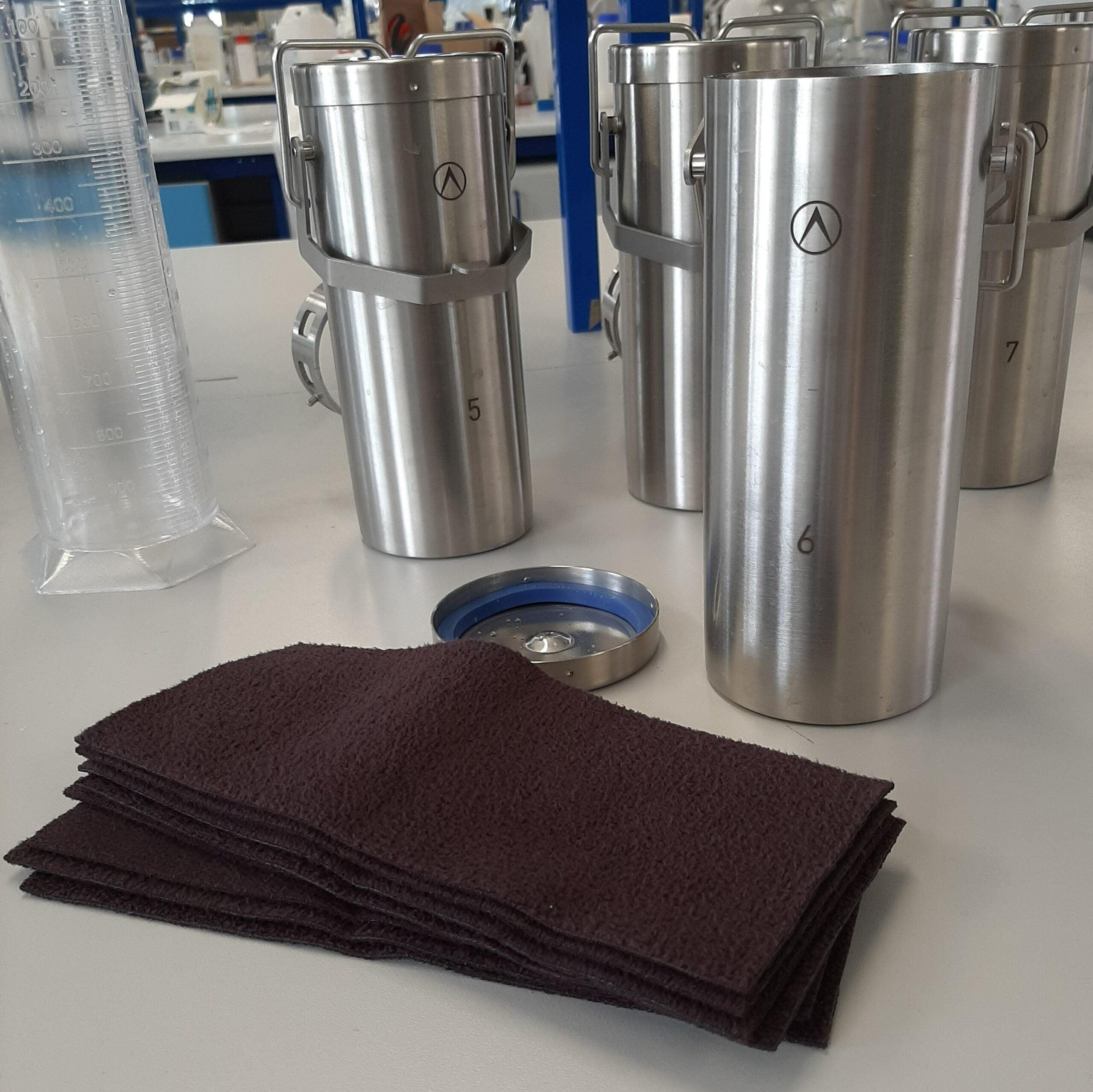
The Microfibre 2030 Commitment will replace the existing membership model for TMC and commits companies to a sustained programme of collaborative and proactive cross-industry work, aligned to the new Microfibre Roadmap, which has been backed by environmental non-profit agency The Nature Conservancy.
The move is designed to put greater focus on the issue of fibre fragmentation and encourage all areas of the apparel industry to work together in addressing the topic.
TMC launched the Microfibre Roadmap, aligning the sector’s work to reduce fibre fragmentation, with clear goals, workstreams and timelines at a dedicated launch event yesterday (21 September). The Microfibre 2030 Commitment now provides the working framework to deliver that roadmap and is the basis for TMC participation. It is designed to leverage greater impact, scale, accountability and visibility in the work towards reducing fibre fragmentation. All signatories are required to support the roadmap by taking meaningful, science-based, coordinated action on fibre fragmentation from natural and synthetic textiles.
In launching the Microfibre 2030 Commitment, TMC revealed that 69 organisations are already on board as signatories. Among them are industry heavyweights H&M, Adidas, Inditex, Primark, Next, Kering, and Patagonia.
In addition to an annual financial/in-kind contribution to the work of TMC, signatories are now required to carry out an agreed level of materials testing annually for the first three years, thereby contributing data to the Microfibre Data Portal, from which practical industry tools and resources will be developed in line with Microfibre Roadmap targets. Businesses will also contribute to Microfibre Roadmap targets by implementing mitigation actions in their own supply chains, as well as by acting
as industry ambassadors to embed best practice across the textiles sector.
“Today marks the point where we shift gears. Ten years ago, the textile sector started to recognise microfibre pollution as a topic of concern, and we acknowledge the phenomenal progress that has been made since then, and the stakeholders that have unflinchingly given their support to our work in recent years,” says Sophie Mather, executive director of The Microfibre Consortium.
“Now, with the launch of the Microfibre 2030 Commitment and Roadmap, we enter a new stage of global alignment. We call on the wider industry to join our transparent and collaborative platform, which brings together the expertise, data and focus needed now to achieve impact at the necessary scale and pace.”
Anna Biverstål, sustainability business expert materials and processes at H&M Group, adds: “Microfibre pollution and its negative impact on the environment is a challenge which needs to be tackled with an industry-wide holistic approach. That is why H&M Group is proud to collaborate with pioneering industry peers and research colleagues at the launch of the Microfibre 2030 Commitment, where the goal is to gather enough data and knowledge to set out joint minimum requirements and a detailed strategy to eliminate microfibre pollution.”
All existing members of The Microfibre Consortium will now become signatories of the Microfibre 2030 Commitment and it will be used as the basis for recruiting new supporters.
In addition, three new organisations, The Waste and Resources Action Programme (WRAP); REI Co-op, and Isko, have signed up to the commitment.
“WRAP is delighted to be a signatory to the Microfibre 2030 Commitment and to be part of the ground-breaking, collaborative action tackling this important issue. Reducing microfibre release is crucial if we want to create a circular textile economy, where all forms of waste are designed out of the system, where environmental degradation is halted and climate change addressed.”
Earlier this summer, TMC announced the public release of a globally aligned and standard test method to determine the level of microfibre shedding from fabric during domestic laundering.



